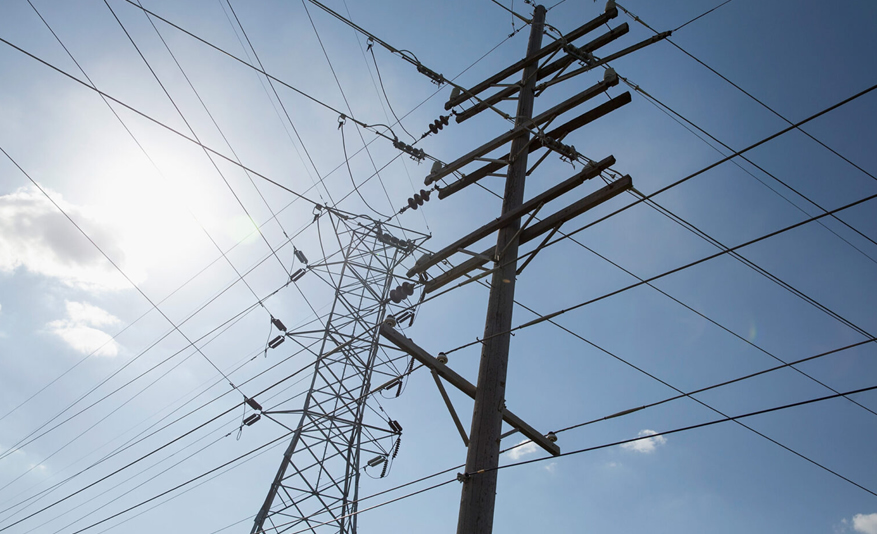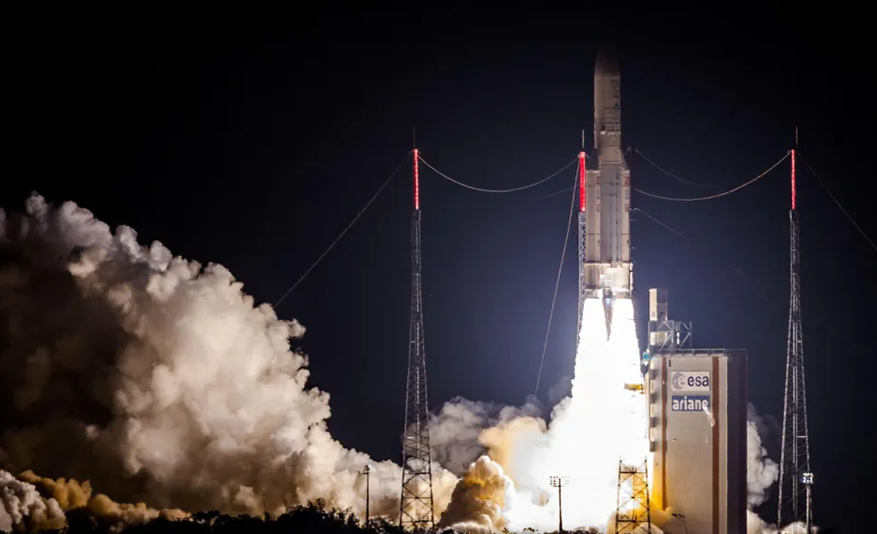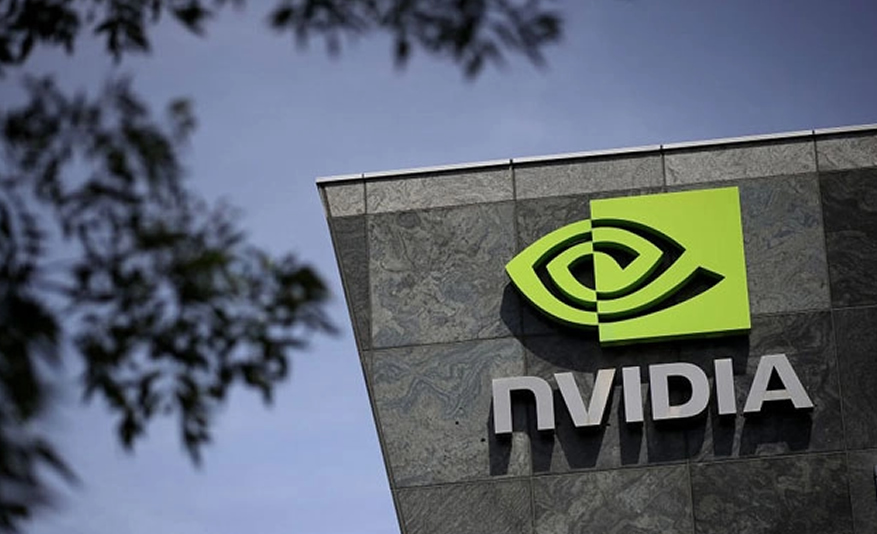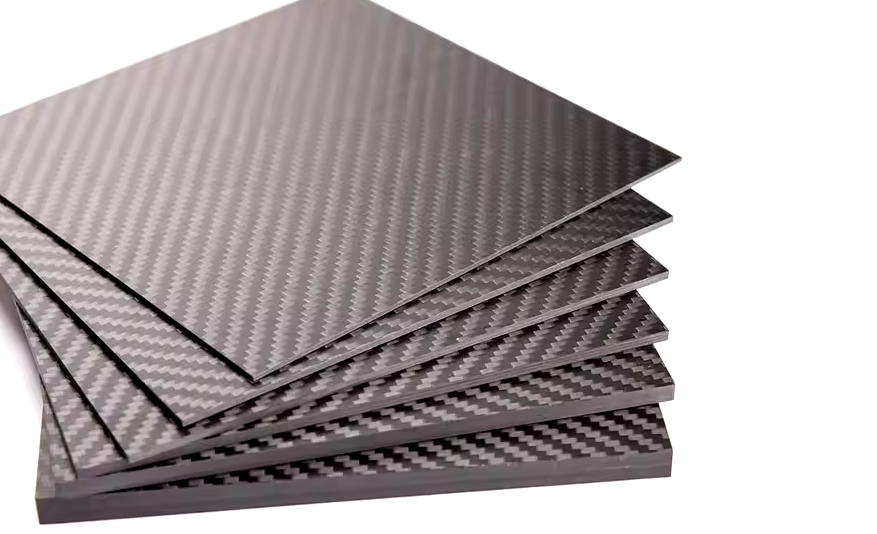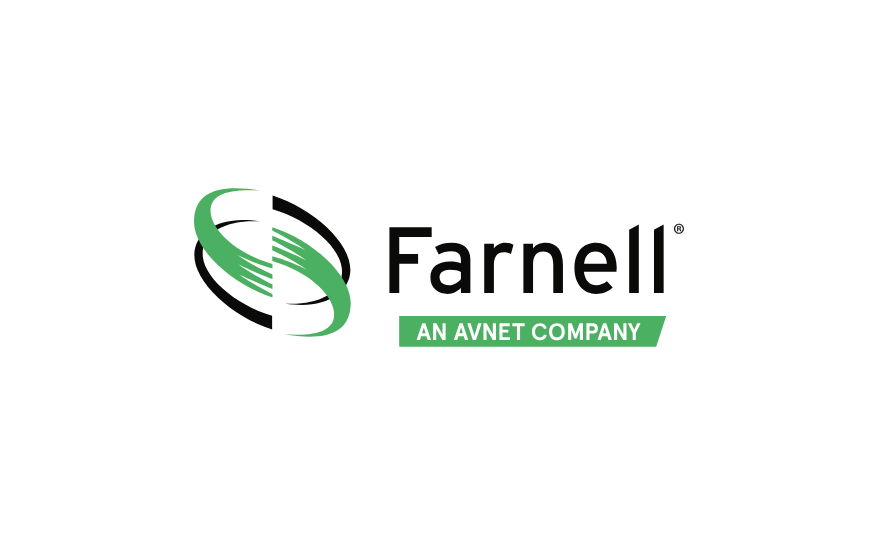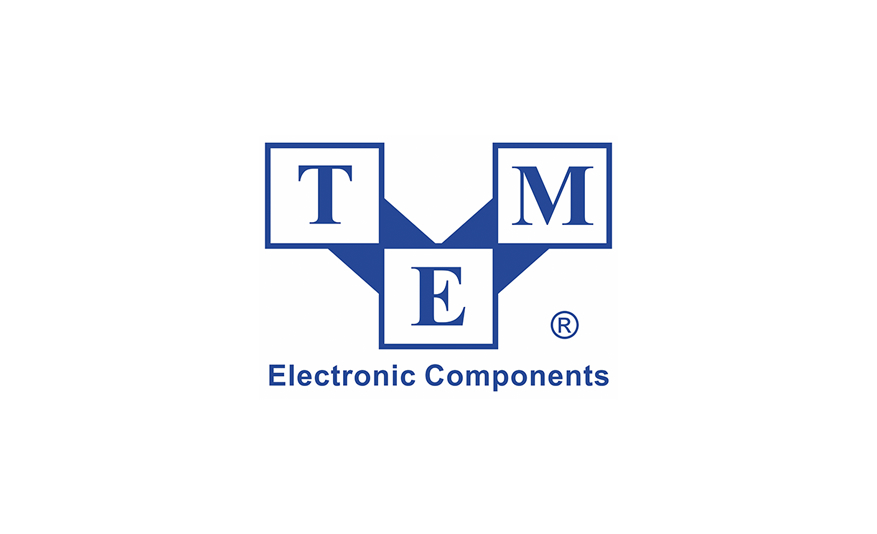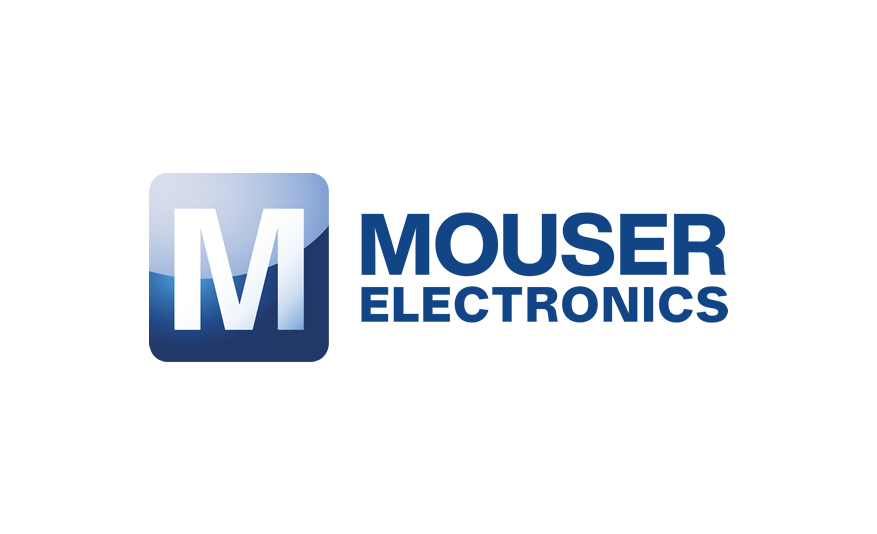Financial advisors help develop a plan for someone to ensure they are financially secure as they age. This is done with a diverse portfolio of investments to ensure a stable and reliable source of income over time. The energy grid also requires a diverse portfolio of energy sources to improve network reliability and resilience over time, and renewable energy sources provide that sustainability. Integrating renewables is critical to grid modernization as this shift reshapes how the world generates, distributes, and consumes electricity.

Grid modernization is focused on transforming the current electrical energy infrastructure to meet the demands of the 21st century and beyond. This change of the grid and energy industry is complex and ongoing. Collaboration between utilities, technology companies, policymakers, and consumers is essential to overcome the challenges and seize the opportunities presented by grid modernization. Key to this transition will be the integration of multiple technologies into the energy grid, including renewables.
History of renewables in the power grid
Renewable energy is one of the earliest forms of power production. Windmills and waterwheels have been used for centuries to produce mechanical power as well as food products. However, when the industrial revolution started, steam engines and coal production took over as the primary power sources. The oil crises that spread throughout the late 20th century revived interest in renewable energy, with solar, wind, and hydropower being the primary sources of generation.
The 21st century has seen a dramatic increase in renewable energy source usage, with solar and wind expected to account for 95% of global renewable expansion.1 In fact, renewables are expected to surpass coal to become the largest source of electricity by 2025. This dramatic shift in power sources has major implications on global emissions generation and the energy grid going forward.
Renewables supporting grid modernization
Several renewable energy sources are playing a significant role in enhancing the power grid’s reliability, efficiency, and sustainability, including:
Solar: Solar power involves converting sunlight into electricity using solar panels. This can be done individually at a home or on large solar farms.
- Wind: Wind power harnesses the kinetic energy of the wind to generate electricity using wind turbines. This is most commonly achieved on wind farms on large plains, but smaller scale wind generation is possible with new turbine technologies.
- Hydropower: Hydropower leverages the energy of flowing water to produce electricity using dams. This form of energy generation has been around for centuries, and it remains the largest source of renewable energy generation in many parts of the world.
- Bioenergy: Bioenergy utilizes organic materials, such as wood, agricultural waste, and algae, to generate fuels that can be used to replace fossil fuels. It has become the largest source of renewable energy globally today, accounting for 55% of renewable energy and over 6% of global energy supply.2
- Geothermal: Geothermal energy taps into the heat stored in the Earth’s interior to generate electricity or heat. Geothermal heat pumps have become popular options for home residences when replacing furnaces and air conditioners.
- Tidal and wave: Tidal and wave power harness the natural movement of ocean tides and waves. This is an emerging area of energy research and development, with projects using underwater wave devices and tidal turbines just starting to be implemented.
Each of these sources has its own advantages and disadvantages, and the best choice for a particular region or application depends on multiple factors, including climate, geography, and economic considerations. Some renewables may be limited in their usage based on these factors, but the right energy mix working together makes an impact on grid modernization.
Benefits and challenges of renewables for grid modernization
Using renewables is critical in transforming the traditional power grid into a more energy-efficient and sustainable network. Grid modernization brings numerous benefits to the system and users alike. Utility providers benefit as renewables can produce power continuously— removing reliance on fossil fuels sourced from unstable regions. Renewables decentralize power generation, helping distribute energy more widely to improve energy resilience. This can help reduce the need for new power plant and power grid construction.
Users benefit as renewables generate little-to-no greenhouse gas emissions or air pollutants, which improves the quality of the air and the environmental impact overall of power generation. Renewables also provide possibilities for investment in new energy job creation and can stimulate economic growth in more regions.
While renewables offer significant benefits for grid modernization, some challenges remain for acceptance and implementation to grow. The initial investment in building renewably-sourced infrastructure can be high, but costs are decreasing as development continues. Energy storage used by renewables is necessary for large-scale operations, which adds additional cost to construction. Some renewable sources, like solar and wind, can be intermittent in their power generation depending on weather conditions, which can make demand planning difficult for utility providers. Also, some renewable sources are dependent on geographical conditions, like flat plains or water sources, which limits their use outside of those regions.
Addressing these challenges will be crucial for the expansion of renewable power sources and the modernization of the power grid. Successful implementation requires developing the right energy mix to ensure a sustainable power supply.
The Road Ahead
The transformation of the grid and energy industry is complex and ongoing. The full potential of renewables for grid modernization can be realized by investing in infrastructure upgrades, developing innovative technologies, and collaboration between industry stakeholders. This will ensure the world can create a more resilient, efficient, and sustainable energy grid for the future. Like a well-balanced investment portfolio, the power grid will have a sustainable supply of energy sources going forward.








